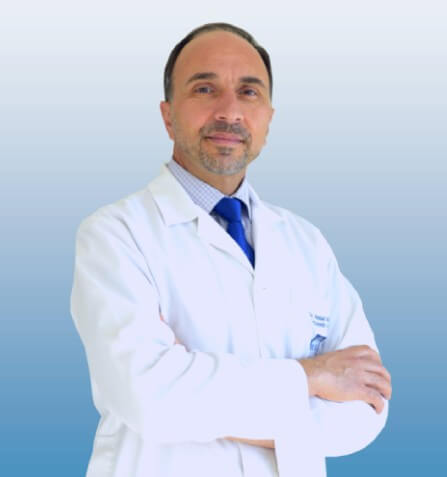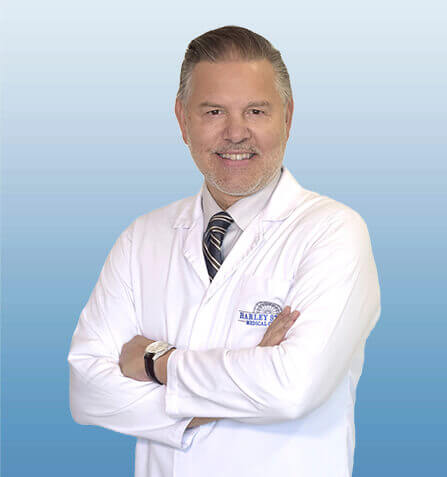Percutaneous Laser Disc Decompression (PLDD)
Percutaneous laser disc decompression (PLDD)
Percutaneous laser disc decompression (PLDD) is a treatment method that lowers increased pressure in the intervertebral discs relieving compression on the spinal nerves caused by herniated discs.
How PLDD Works?
Laser treatment for lumbar disc herniation, has been practiced since the 1980s and PLDD works by evaporating water in the nucleus pulposus, the inner core of the vertebral disc. Therefore, subsequent volume depletion reduces disproportionate pressure on the disk and relieves the nerve.
How is it done?
The procedure is performed under X-Ray guidance. A special hollow needle called a cannula is introduced through the skin and soft tissues into the disc protrusion. Once the tip of the cannula is correctly placed in the appropriate position, a thinner laser fiber is then pushed through the cannula which allows to bring controlled laser energy as heat to the center of the disc. With the help of the laser energy we can reduce the volume of the protrusion and the pressure in the disc. Another effect of the laser is to turn off the pain receptors inside the affected disc. The tissue evaporation of the protrusion leads to a reduction in volume and pressure and to the relief of the compression of the nerves.
Who can be a candidate for the treatment?
PLDD can treat the following conditions:
- Herniated discs
- Radiculopathy
- Sciatica
- Spinal stenosis
The procedure can be used for disc herniations to any vertebra except for the first to fourth dorsal ones. It is most often used to treat bulging/herniated discs and the resulting back or lower limb pain.
Candidates are patients that:
- Tried conservative treatment methods for several months without success
- Low back pain and leg pain lasting longer than 3 months
- Intact disc (not fragmented)
- No compression fractures
Advantages of PLDD:
The advantages include:
- Small incisions
- Minimal scarring
- No general anesthesia, can be done under local anesthesia and sedation.
- Outpatient procedure – no hospital stay required. Treatment lasts about 30 -45 minutes, followed by 60 minute rest.
- Short recovery time, you can return to work within a week
- Shorter rehabilitation time
- Low recurrence rates (around 5%).
- Repeatable and does not preclude open surgery should that become necessary.
Percutaneous Laser Disc Decompression (PLDD) Success Rate
- Pain Relief: Studies have shown varying results, with success rates ranging from 60% to 80% in terms of pain relief and symptom improvement after PLDD.
- Patient Satisfaction: Many patients who experience successful outcomes report high levels of satisfaction due to the less invasive nature of the procedure and the shorter recovery period.
- Comparison with Other Procedures: When compared with traditional surgical methods, PLDD can offer comparable relief for carefully selected patients. However, it might not be as effective for all types of disc herniations.
Post-treatment:
Light activity can be done the following day, but you will need to postpone sports or heavy labor for around 7 days.
Patients usually take a one- or two-day leave from work after a laser discectomy and can usually resume normal activities. After the surgery, you may feel a minor ache for some days, which you can manage with simple anti-inflammatories and analgesics. Averagely, patients who undergo laser discectomy start seeing improvement in their nerve or lower back pain 10 to 14 days after the procedure.
For your recovery plan, your doctor will provide instructions on how to use your back. You may have to limit bending, lifting, sitting for long periods of time. You might need physiotherapy after the procedure to assist in strengthening your back.




